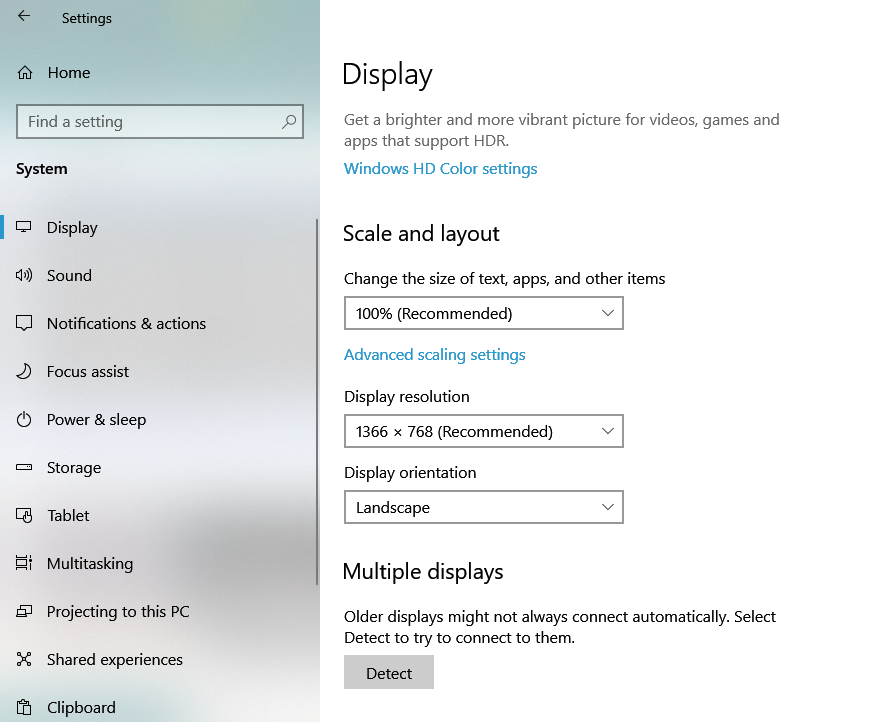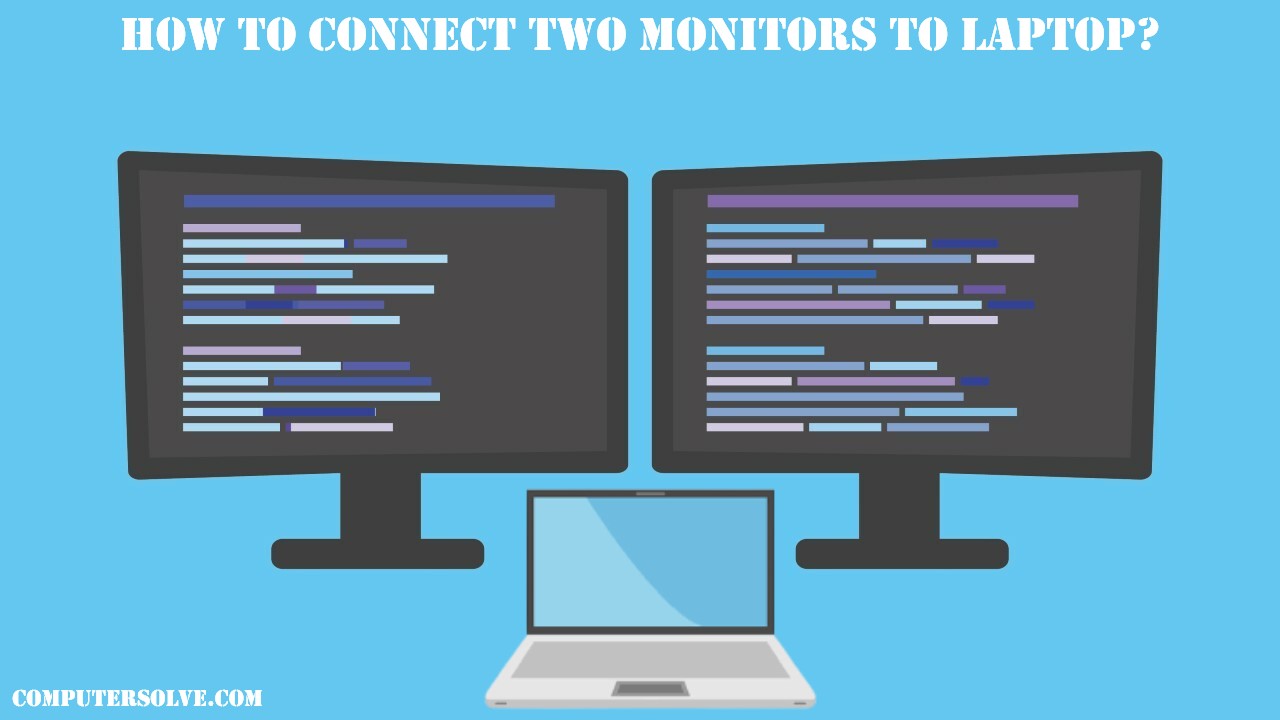To enjoy the full benefits of having two monitors, you’ll need to connect them to your laptop. This guide will show you how to connect two monitors to laptop, so you can create your computer workstation, designed just for you and your needs!
Note: Windows XP/7/8/10 all support multiple monitors, so you just need to check the graphics card and ports on your laptop.
How to set up to connect two monitors?
If you want to connect two monitors to your laptop, you can do so using an HDMI cable or a VGA cable. On Windows, you’ll need to adjust your display settings.
- Select Start, then open Settings.
- Under System, select Display. Your PC should automatically detect your monitors and show your desktop. If you don’t see the monitors, select Detect.

- Once you’ve selected what you see on your displays, select Apply.
For example, if you’re using an HDMI cable but only have 1 port available on your laptop, you may choose to make the second monitor act like a mirror of what’s shown on the first monitor.
Methods to connect two monitors to a Laptop?
Via Docking Station-
The most common way to connect two monitors to a laptop is via a dock. To run dual monitors with an HDMI port using a docking station, first out for ports available on your external monitors (it could an HDMI, DVI, or VGA).
Now, use a USB C docking station, this means this device would use a USB C port as an output source. Connect the USB C docking station to your laptop’s USB C port.
Now, take a DVI or VGA cable from an external monitor and plug it into the docking station’s desired port. This will connect the laptop and one external monitor together.
Now, connect the laptop to a second external monitor using an HDMI cable directly. If your external monitor doesn’t have an HDMI port, use a DVI or VGA cable in the docking station as well (depending on the availability of the port).
Follow the procedure on the laptop same as in the same HDMI adapter to make them work together.
Via Thunderbolt or USB-C-
The first step is to figure out which ports your laptop has. If you have a newer laptop, it likely has Thunderbolt 3 ports. Older laptops usually have USB-C ports.
- Plug the power cords into your monitors. Before the monitors can be used, they must be connected to power with the provided cables.
- Connect the two monitors with a Thunderbolt or USB-C cable.
- Connect your laptop to either monitor with another Thunderbolt or USB-C cable.
- Turn your laptop and monitors on. Even if your monitors are not currently displaying your laptop’s screen
- Set your display preferences. To organize your workspace so it works best for you, adjust your display settings.
